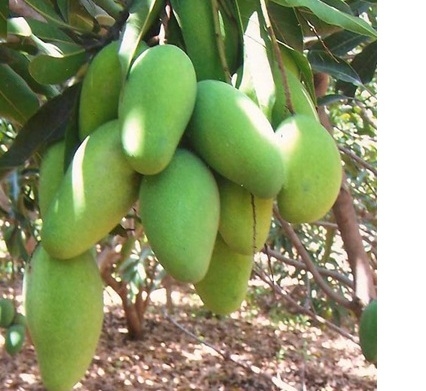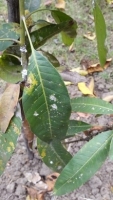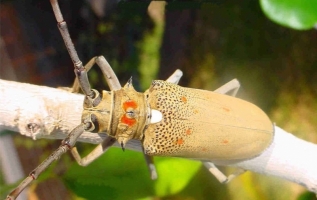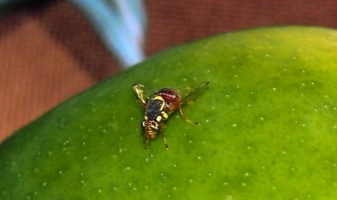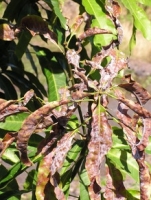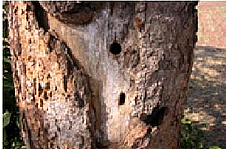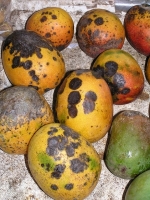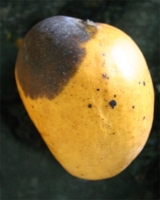Dusheri: It is widely grown in a region. Fruits are ready to harvest in first week of July. Fruits are small to medium size, smooth having yellow color, sweet in test and stone is of small size. Fruits are having better keeping quality. It is regular bearing crop. It gives average yield of 150kg fruits per tree.
Langra: Fruits are medium to large, smooth having lemon yellow color. Flesh is fibreless with fine test. Skin of fruit is medium thick. Fruits are ready to harvest in second week of July. It gives average yield of 100kg per plant.
Alphonso: Having great export potential. Fruits are of medium and oval size. Fruits are of greenish light yellow with light pinkish blush. Flesh is fibre free with superb test. Skin of fruit is thin and smooth. Fruits mature in first week of July.
Gangian Sandhuri (GN-19): The variety matures in fourth week of July. It contains 15.7% sugar and 0.30% sour content. It gives an average yield of 80kg per tree.
Other States Variety
Hybrids: Mallika, Amrapali, Ratna, Arka Arjun, Arka Puneet, Arka Anmol, Sindhu, Manjeera
Varieties: Alphonso, Bombay Green, Dashahari, Himsagar, Kesar, Neelum, Chausa.

